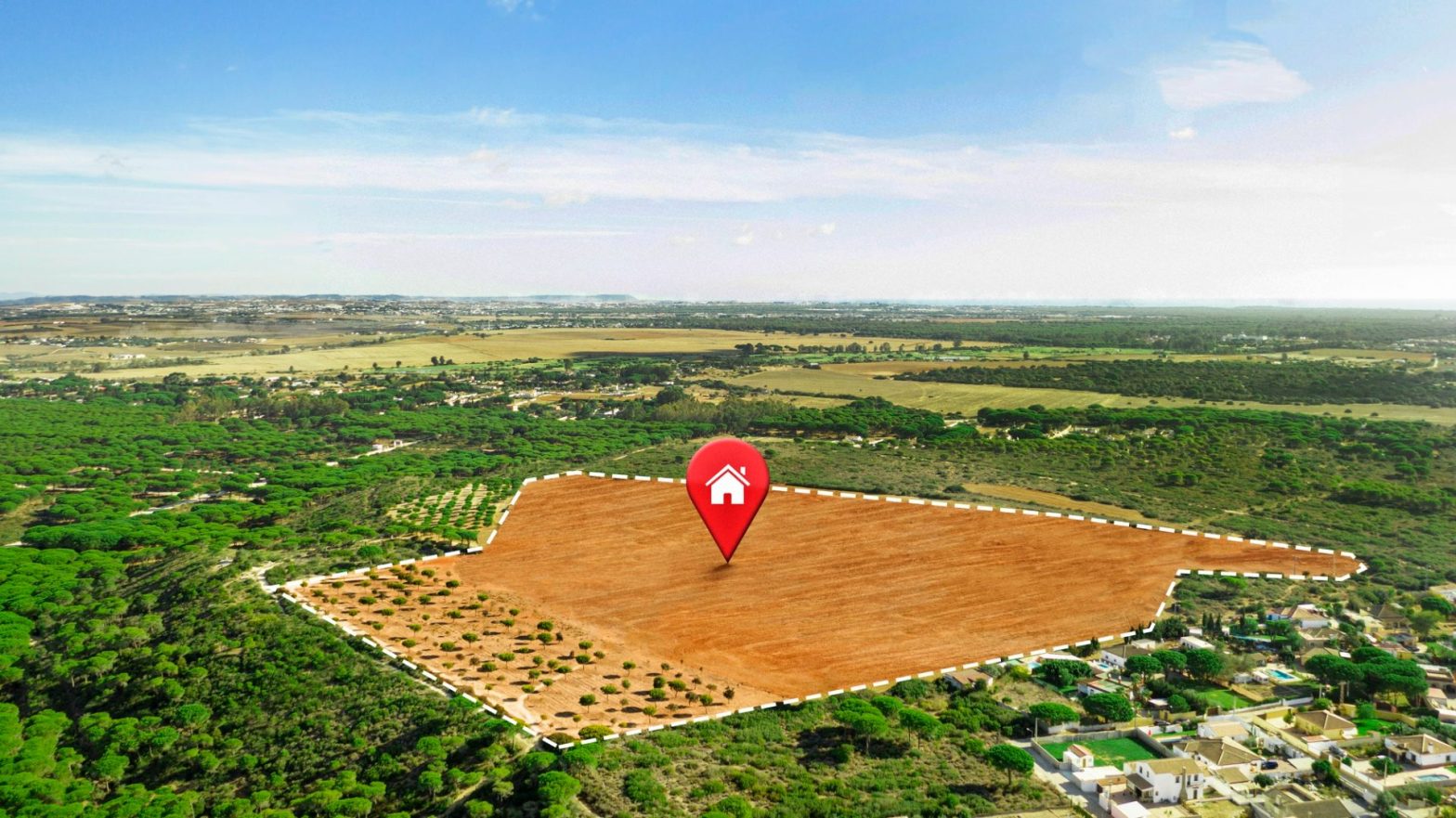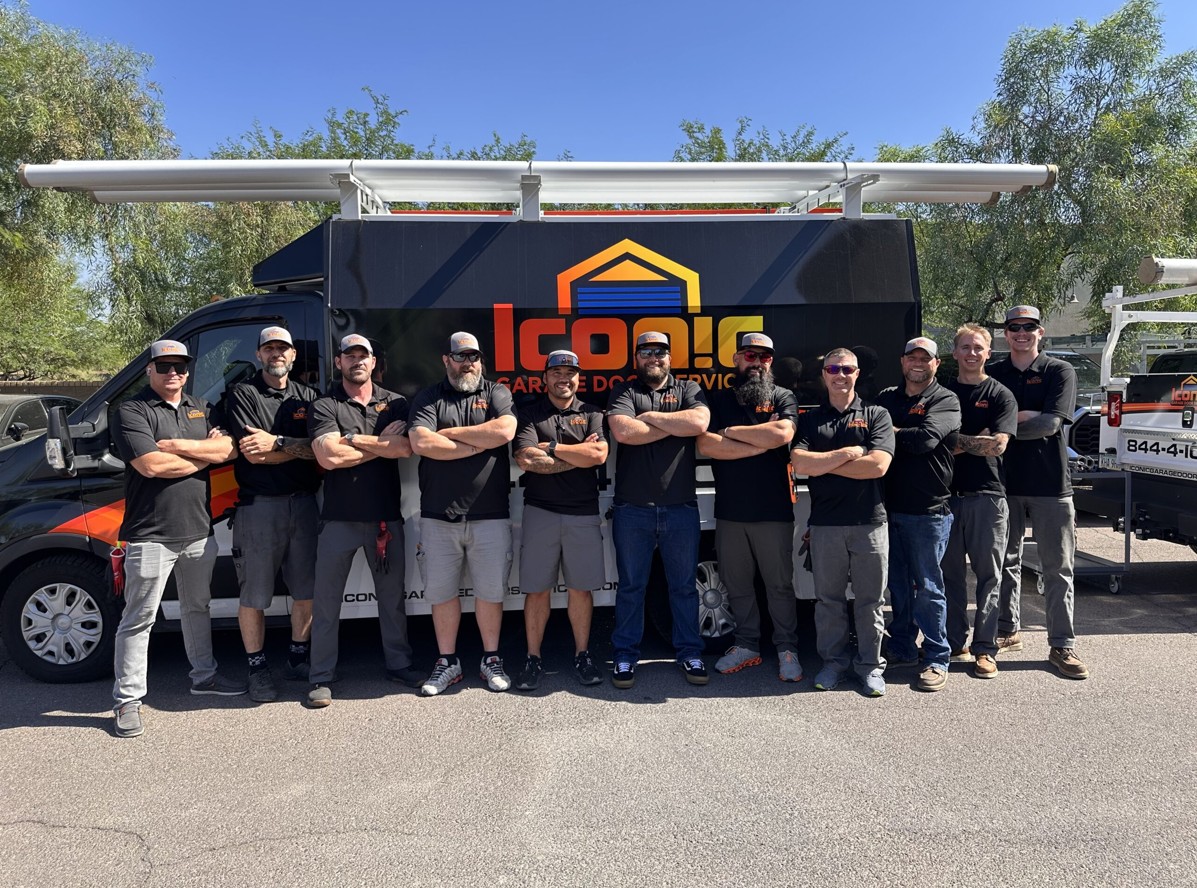Are you confused about the difference between a Conditional Use Permit (CUP) and a Variance? Don’t worry, we’ve got you covered.
In this article, we’ll break down the key differences between these two zoning terms and provide you with real-life case studies. We’ll also debunk common misconceptions and guide you on how to apply for a Conditional use permit or variance.
So, sit back, relax, and let us clear up any confusion you may have.
Key Takeaways
- Conditional use permit allows specific land use not generally permitted in a zoning district.
- Variance grants exceptions to zoning regulations for property owners.
- Conditional use permit doesn’t change zoning designation, while Variance deviates from requirements.
- Both require application and review by the zoning board.
Land Use and Rezoning Regulations
When it comes to zoning regulations and requirements, these two terms often come up in discussions related to land use and development.
A Conditional Use Permit is a document that allows for a specific land use that isn’t generally permitted in a particular zoning district. It’s granted based on certain conditions and standards set by the local planning department.
On the other hand, a Variance is an exception to the zoning regulations that allows a property owner to deviate from the standard requirements. It’s typically granted when strict compliance would result in an unnecessary hardship for the property owner.
Taking this into consideration, let’s dive deeper into the specifics.
What is a Conditional Use Permit?
A Conditional Use Permit is a special permit granted by the zoning board that allows you to use a property in a way that isn’t typically permitted under the current zoning regulations.
It’s different from a variance or rezoning because it doesn’t change the zoning designation of the property. Instead, it provides an exception to the zoning regulations for a specific use, subject to certain conditions.
You should apply for a conditional use permit when you have a specific land use or area in mind that is not allowed by the current zoning regulations, but can be considered appropriate under certain conditions.
To obtain a Conditional use permit, the applicant must submit an application to the zoning board, detailing proposed use and how it aligns with the community’s goals and objectives.
The zoning board will then review your application, consider any potential impacts, and make a decision based on the specific criteria outlined in the zoning ordinance.
We hope that now everything is clearer and that you understand what is a conditional use permit, and now let’s tackle the topic of a variance.
What is a Variance?
A variance is a type of permit that provides relief from certain zoning requirements due to unique circumstances or hardships of a property.
It’s permission granted by the zoning board to deviate from the specific requirements of the zoning regulations for a property. A variance application is submitted when a property owner wants to use their land in a way that doesn’t comply with the existing zoning regulations.
You should apply for a variance when you are facing unique circumstances or hardships with your property that prevent you from complying with certain zoning requirements.
The variance application process involves:
- submitting a request to the zoning board
- explaining the reasons for the requested deviation
- providing evidence to support the request
The zoning board reviews the application and makes a decision based on factors such as the impact on neighboring properties and the overall intent of the zoning regulations.
Key Differences between Conditional use permit and Variance
When considering a Conditional Use Permit versus a Variance, it’s important to understand the key differences between these two zoning permissions.
A Conditional Use Permit is a type of conditional zoning that allows for certain uses of a property that aren’t typically allowed by the zoning regulations. It grants permission for specific uses in designated areas, subject to certain conditions.
On the other hand, a Variance is a zoning relief that grants exceptions or modifications to the zoning regulations. It allows property owners to deviate from the requirements of the zoning code, such as setbacks or height restrictions, due to unique circumstances or hardships.
While both the Conditional use permit and Variance provide flexibility in land use, they differ in terms of the extent of modification allowed and the specific criteria for approval.
Case Studies of Zoning alterations
As you delve into the comparison between a Conditional Use Permit and a Variance, examining case studies will provide valuable insights into real-life applications of these zoning permissions.
- Case Study 1: Conditional Use Permit In a residential neighborhood, a homeowner obtains a conditional use permit to convert their garage into a new home office. This zoning adjustment allows them to run a small business from their property while maintaining the residential character of the area. Through the conditional use permit, the homeowner is able to meet their professional needs without disrupting the zoning regulations put in place to protect the community’s residential nature.
- Case Study 2: Variance A restaurant owner requests a variance to build a second-story balcony to accommodate additional outdoor seating. Despite the setback requirements, the variance is granted to promote economic growth and enhance the dining experience for patrons. By allowing this zoning alteration, the restaurant owner can maximize their business potential while still adhering to certain zoning restrictions.
These case studies highlight the practical applications of both conditional use permits and variances, demonstrating how these zoning adjustments play a crucial role in balancing individual needs with community regulations.
Common Misconceptions
One common misconception regarding the comparison between a Conditional Use Permit and a Variance is the belief that they serve the same purpose. While both the Conditional use permit and Variance are tools used in zoning laws, they’ve distinct functions.
A Conditional Use Permit allows for a specific land use that isn’t allowed by the underlying zoning code, but only under certain conditions outlined in the permit.
On the other hand, a Variance is granted when a property owner seeks relief from specific zoning requirements due to practical difficulties or unique circumstances. It’s important to understand that a Variance doesn’t grant permission for a different land use, but rather provides flexibility in meeting specific zoning code requirements.
Therefore, it’s crucial to distinguish between these two tools to avoid misunderstandings and ensure compliance with zoning laws.
How to Apply for a Conditional use permit or Variance
To apply for a Conditional Use Permit or Variance, you’ll need to follow specific procedures outlined by your local zoning authority. Here’s a step-by-step guide on how to apply for a Conditional use permit or Variance:
- Research: Start by familiarizing yourself with the zoning regulations in your area. Determine if your proposed project requires a CUP or a Variance.
- Application: Obtain the necessary application forms from your local zoning authority. Fill them out accurately and provide all the required documentation.
- Fee Payment: Pay the application fee, which varies depending on your jurisdiction.
- Review Process: Your application will go through a review process, which may include public hearings and inspections.
- Decision: After the review process, the zoning authority will make a decision on your application.
- Compliance: If your application is approved, make sure to comply with any conditions or restrictions imposed.
Do I need an attorney to apply for a conditional use permit or a variance?
While it is not required to have an attorney, it is recommended to seek legal advice when applying for a conditional use permit or a variance to ensure that your rights are protected and that you are following all legislative procedures.
What is a special fee for a conditional use permit or a variance?
A special fee is a specific amount of money that is required to be paid when applying for a conditional use permit or a variance. This fee may cover administrative costs or other expenses related to the review and processing of the permit application. Usually, they are around:
- Fee around $210.00 for residential and a fee of $250.00 for commercial Variances
- Fee around $260.00 for Conditional Use Permits
Conclusion
In conclusion, understanding the differences between a Conditional Use Permit and a Variance is crucial when navigating land use regulations.
While both involve seeking exceptions to zoning ordinances, a Conditional use permit allows for the use of land in a specific way, while a Variance grants relief from certain regulations.
These distinctions can have significant implications for property owners and developers.
Properly applying for a Conditional use permit or Variance can ensure compliance and avoid misconceptions in the land use process.
CUP vs Variance FAQs
Q: What is a landowner’s right regarding a conditional use permit or a variance?
A: As a landowner, you have the right to apply for a conditional use permit or a variance if you believe that it is necessary and appropriate for your property. However, the decision to grant or deny the permit or variance is ultimately up to the governing body or the appropriate administrative commission.
Q: What is a comprehensive plan amendment?
A: A comprehensive plan amendment is a change to the future land use map or other elements of a comprehensive plan. It usually involves changes in land use designations, policies, or regulations that guide development in a particular area.





























